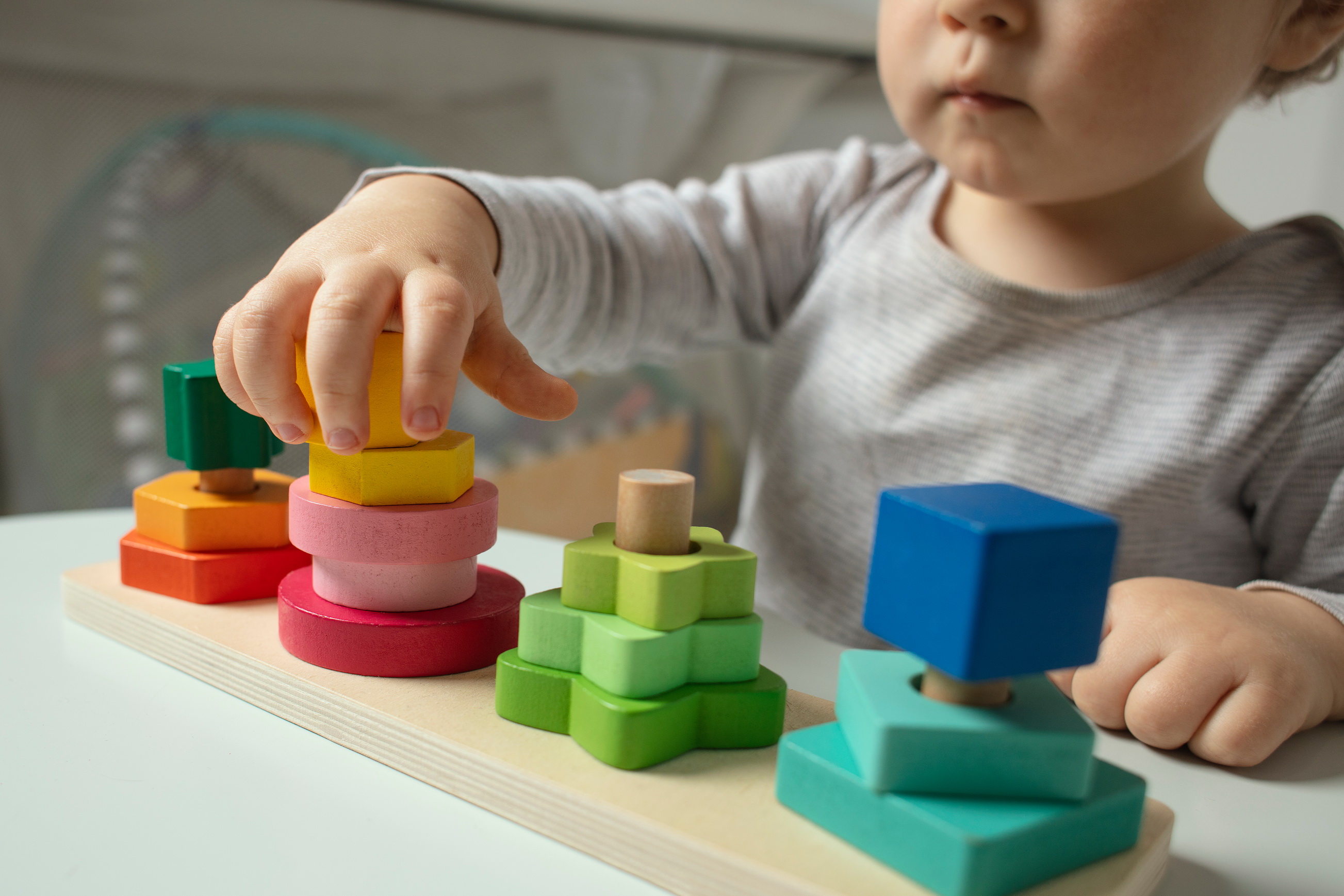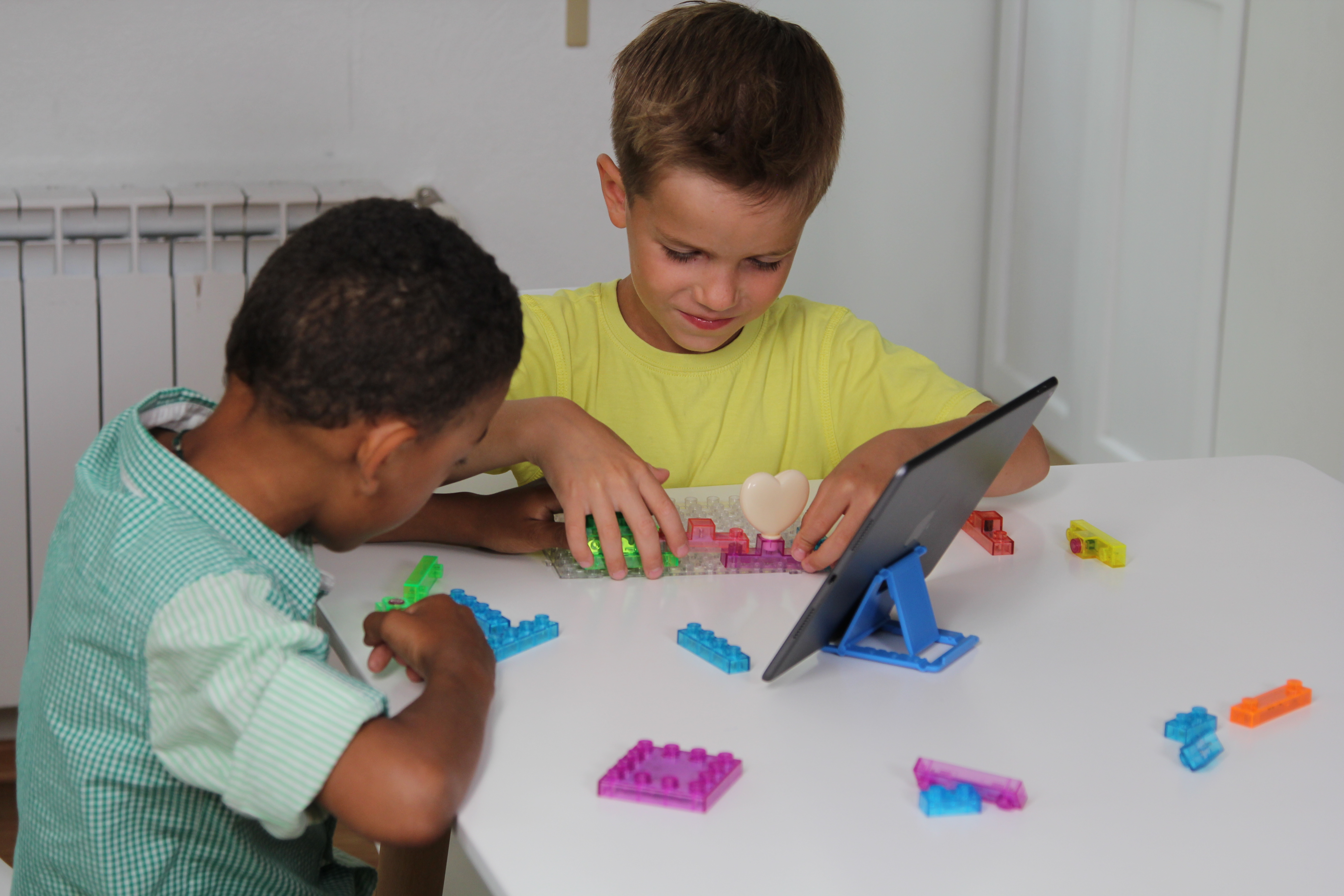Basic geometry concepts Worksheets for Ages 5-8
3 filtered results
-
From - To
Introduce young learners to the world of geometry with our Basic Geometry Concepts Worksheets, designed specifically for ages 5-8! These engaging, print-ready worksheets help children grasp fundamental concepts such as shapes, symmetry, and spatial reasoning through interactive activities and fun challenges. Each worksheet is crafted to support developmental milestones and foster a love for learning by integrating vibrant illustrations and age-appropriate exercises. Ideal for classroom use or homeschooling, these resources not only enhance mathematical understanding but also stimulate critical thinking and creativity. Start your child's geometric journey today with our expertly designed materials!
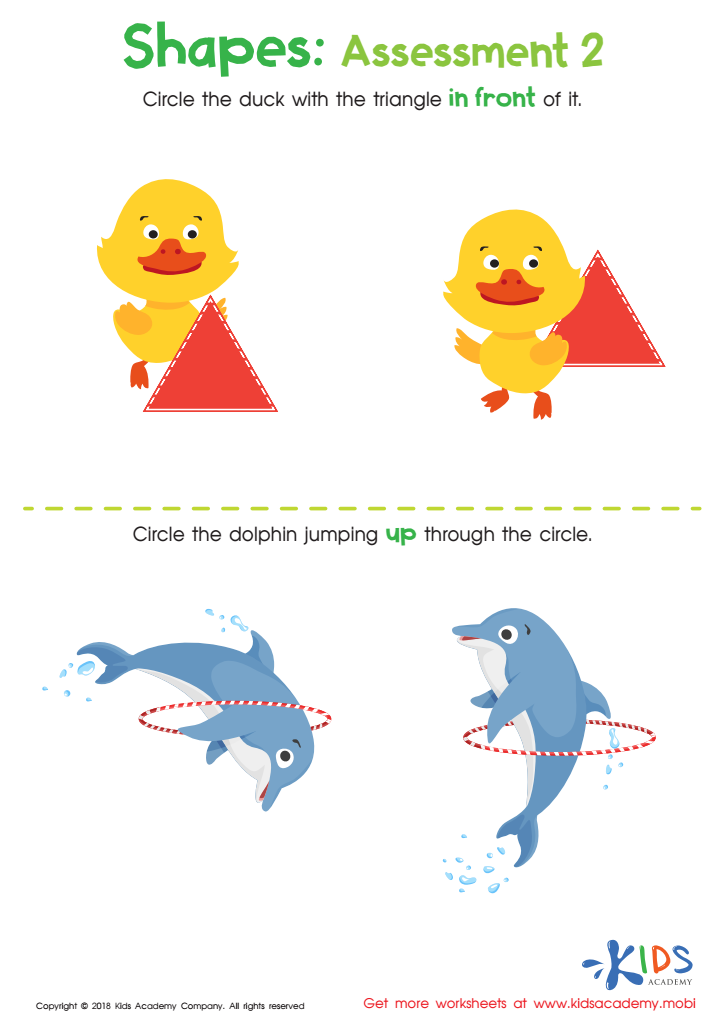

Geometry – Assessment 2 Worksheet
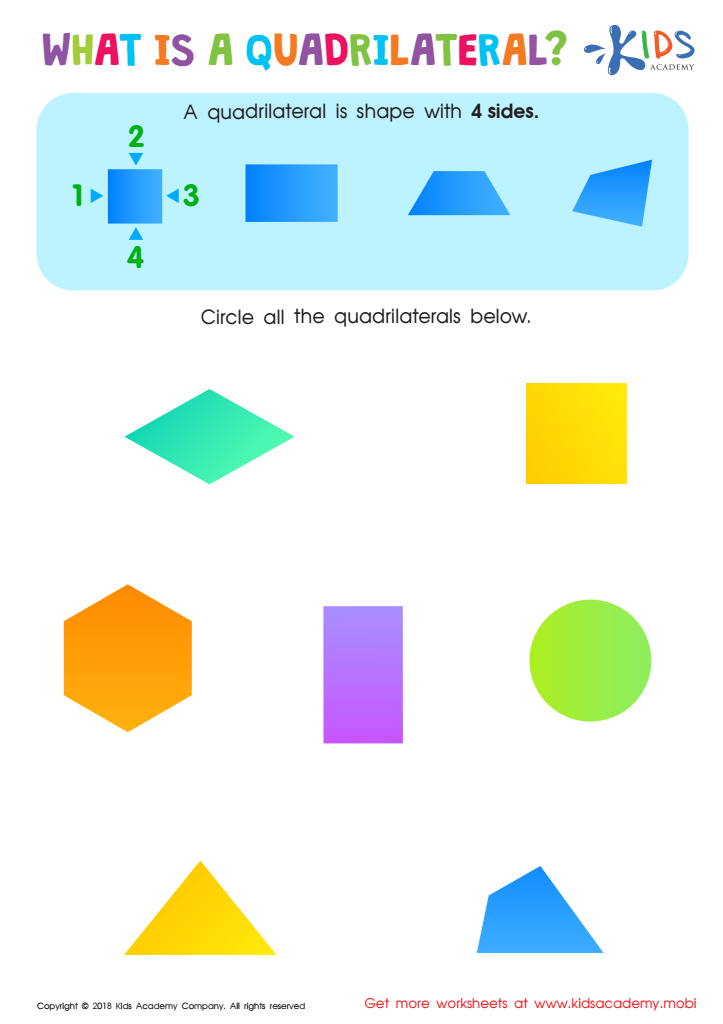

What Is a Quadrilateral? Worksheet
Understanding basic geometry concepts at ages 5-8 is foundational for young learners and holds significant importance for both parents and teachers. Early exposure to geometry helps children develop crucial spatial awareness and reasoning skills. Recognizing shapes, sizes, patterns, and positions promotes cognitive development and enhances problem-solving abilities. These skills are not only pivotal in daily tasks but also serve as building blocks for more advanced mathematical and scientific learning.
By engaging with basic geometry, young learners strengthen their visual and kinesthetic learning. Parents can incorporate geometry in playful activities like building blocks, puzzles, or drawing, making learning enjoyable and applicable outside the classroom. Teachers can use these activities to create a dynamic, hands-on learning environment, fostering a deeper understanding of spatial relationships.
Geometry also integrates seamlessly with other subjects. For instance, understanding shapes and patterns is essential in early reading and literacy as well as in developing fine motor skills essential for writing.
Moreover, a solid grasp of geometry contributes to a child's confidence and enthusiasm for learning. When children master these concepts early, they are more likely to excel in more complex areas of math and have a positive attitude toward academics in general. Therefore, ensuring a robust foundation in geometry during these formative years is crucial for holistic educational development.

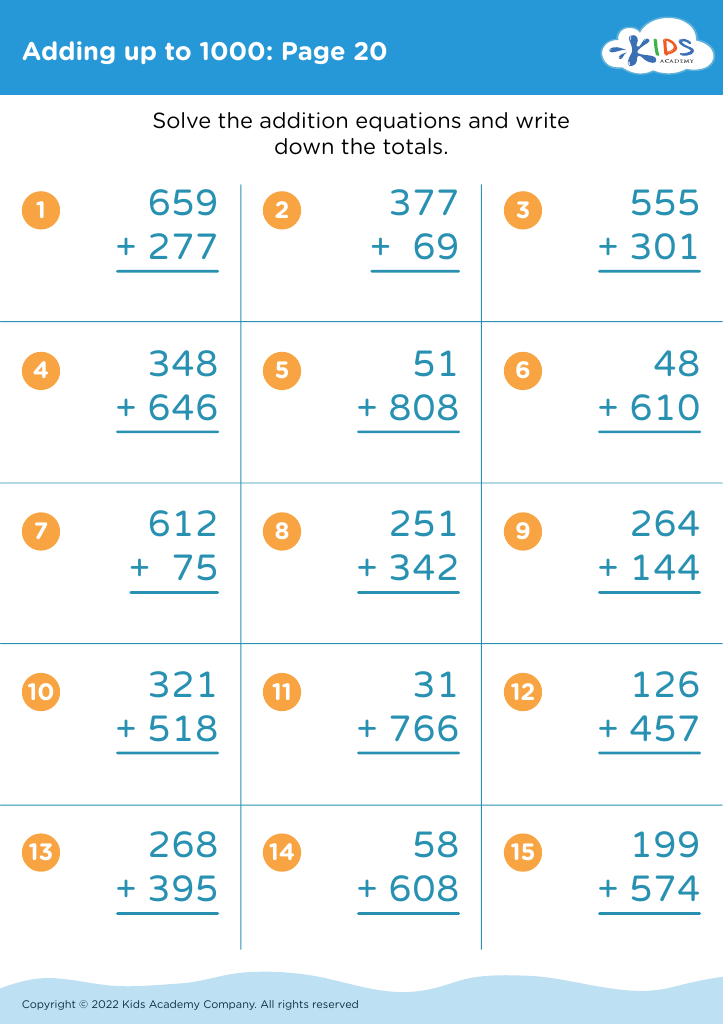
 Assign to the classroom
Assign to the classroom
